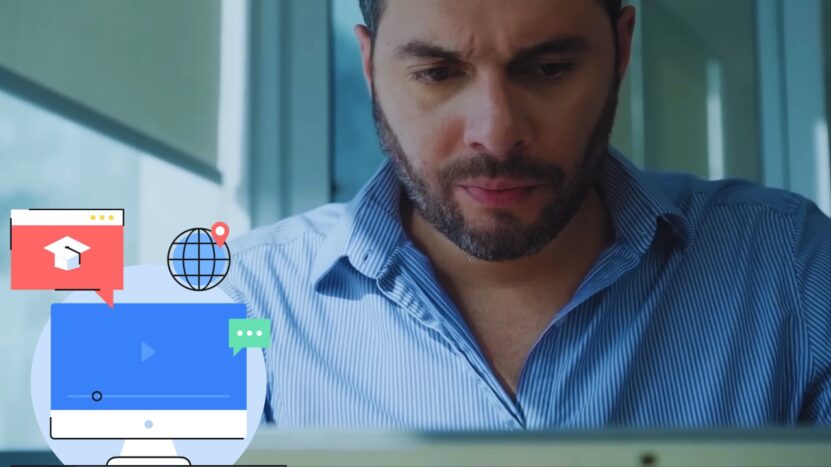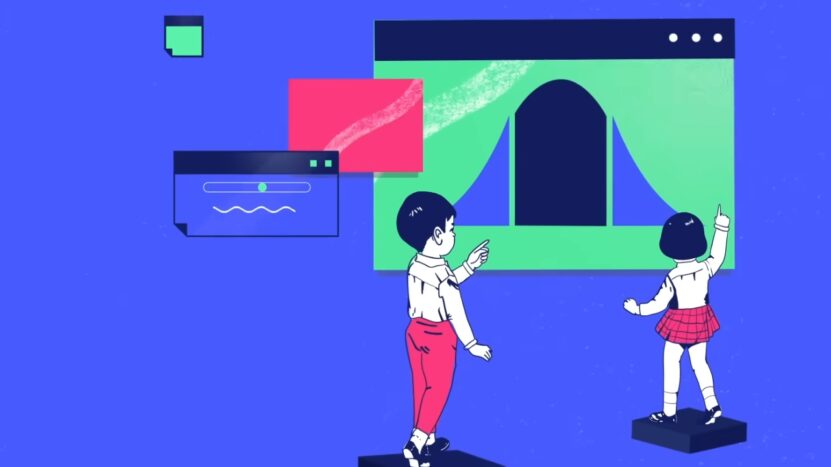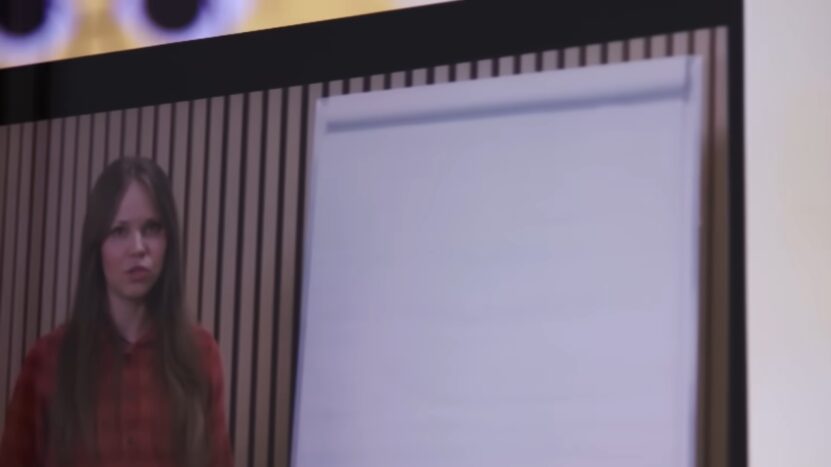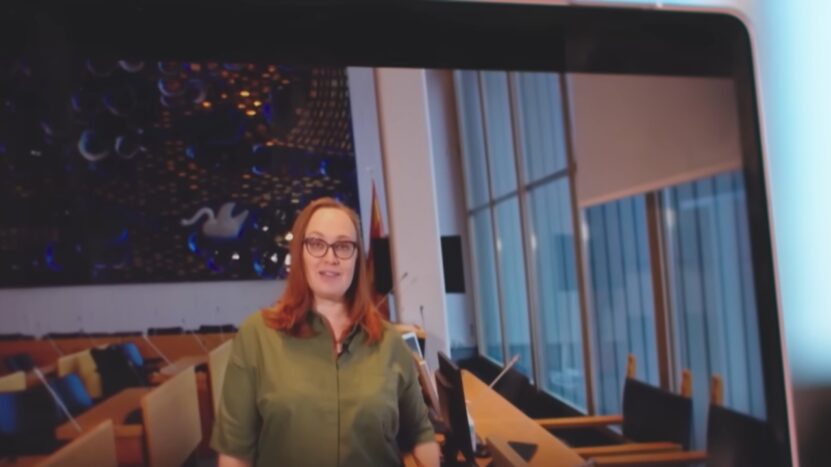Making videos was never easier when we could use so many different platforms. But is that really so simple?
Well, it depends on what you are trying to achieve. For example, if you are looking for high-quality and engaging materials that will keep the students focused, and you have a budget for this project, then working with professionals is the best idea. If you are considering this solution, be sure to check out Synima.
But on the other hand, it’s typical that most schools won’t have so much funds to spend on making educational content, at least not without some sponsors. Still, there are other ways, much more affordable and easier for this matter.
Let’s check them out in the following sections.
First Step is the Platform

There is a wide range of options available today, with well-known names like Adobe Express video editor, and new, advanced models like Synthesia. The second is more convenient for those with less experience since it uses AI to help people operate various features through simple type-in functions.
There are presets and plugins that will help you further improve the different instances of the educational material.
Another outstanding digital tool to check out is called Explain Everything. This software is focused on educational materials, and even though you cannot just type in everything and then wait for AI to fix it, a lot of available presets and a simple user experience make it good even for beginners.
Create a Good Plan
Once you get the basics in video editing, it’s time for you to start making a detailed outline for all the videos that will be part of the educational content.
It’s not as easy as it may sound. You must determine the tone of voice, background, pace, and many other details. Of course, you must start by choosing the main topic. After that, think about who is going to watch the materials, so that you can determine the appropriate style, design, and the amount of additional information.
Here are the key steps that must be the part of this plan:
1. Script
You can’t just stand in front of the camera and share your knowledge. Even if you could, that probably wouldn’t follow the straight line where the audience can comprehend what you are talking about in the first place.
So, make a script, and start with the basic outline. What is the main focus of the lectures? What are you trying to achieve? What will the audience learn? There are some of the questions that will help you plan the content, materials, and all other details.
2. Visual Features

Some people may not find it important, but lack of some visual features, or adding too many of them, could have a negative effect on the overall quality.
For example, not including any detail and just showing yourself or other teachers while speaking about a certain topic will make it difficult to focus. Therefore, include visual elements, charts, videos, examples, and more.
That will make it more engaging. Also, you can separate the material into chapters and then include short tests just to keep the audience interested and up with the topic.
However, going too far with additional elements will make it too entertaining. So, if you are making materials for the elementary school, you need to find a balance. Add a few humorous details if you can, but only close to the end, and with the right context.
And for students in universities, humor, of course, isn’t so suitable, but you will surely engage them with interesting facts and trivia that will backup the information you are sharing, and help them maintain their focus.
3. Go for Shorter Episodes

Unless the videos are played in the classroom, keep in mind that anything longer than 30 minutes will never be seen, at least you can expect that with most students. That’s the reality, it is hard to keep them engaged and interested. So, what you need to do is to split the content into shorter videos and a clear CTA at the end of each segment.
And again, it depends on the level of education where you work. For kids in elementary, the easier way is to add a funny video or a set of questions they may find engaging to deal with. You can also set it as homework, to watch a 30-minute video and then write something about it.
The point is that anything over 45 minutes will only be a struggle for most students, and they won’t be so interested. And this is actually the case with adults as well.
So even if you are focused on seniors, and making content for parents or students in colleges, the fact is that we all got used to content that will keep us engaged all the time, and you can greatly do that with educational content that lasts for hours.
Make It Interactive

It’s not so difficult to make it interactive when you are creating materials that you will share with your students. Just add a call to action. You can choose all sorts of solutions here.
For example, if you are teaching math, instead of just presenting the subject, share the problem, and then show how a certain action can be implemented into solving the same problem.
The same can be implemented into all science. Or if you are teaching history. Then you have even more materials to play around with. You can download pictures, videos, and even take some samples from movies. All of this can make the lessons more efficient since the combination with visual elements is proven to be the easiest to remember.
Last Words
As you can see, there are many tips you can use to improve the quality of the educational material. The first step is, of course, to learn how to use the editing tools, and then to plan the whole content, and make sure there is a balance between being educational and engaging and interactive.
If needed, reconnecting with former teachers can also provide valuable insights into effective educational strategies. A successful education video must have all these characteristics.